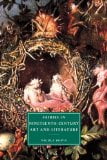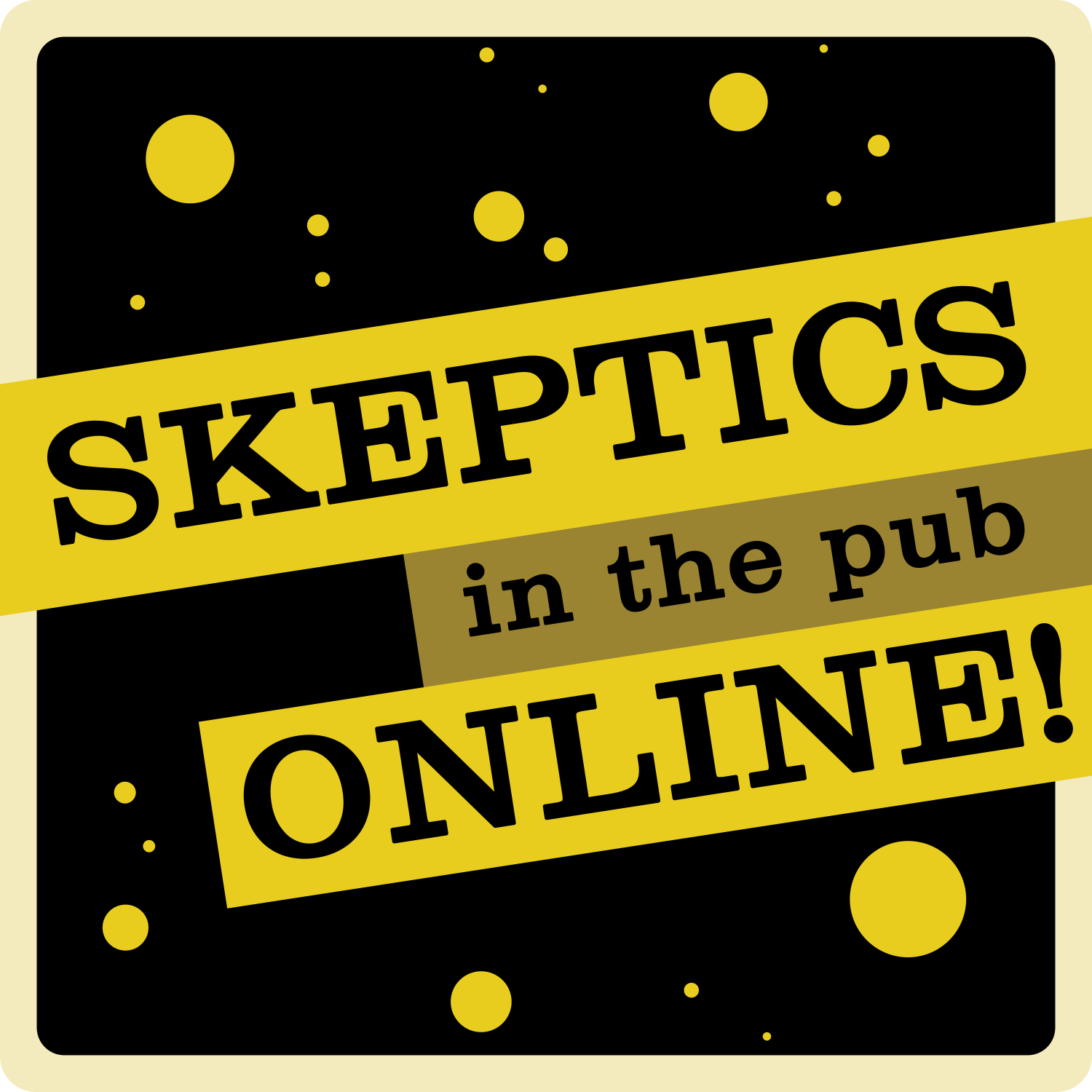 Fairies in Nineteenth-century Art and Literature (Cambridge Studies in Nineteenth-century Literature & Culture)
Fairies in Nineteenth-century Art and Literature (Cambridge Studies in Nineteenth-century Literature & Culture)
by Nicola Bown
Cambridge University Press, £40, ISBN 0521793157
Victorians were fascinated by fairies. Ariel, Puck, Oberon and Titania were the subject of countless paintings. But Victorian fairies were not the twee little beings that we see nowadays on greetings cards and “Flower Fairies” books. These were something altogether more sinister.
Victorian painters such as Richard Dadd and John Anster Fitzgerald painted Bosch-like fantasies of grotesque creatures engaged in bizarre activities which verge on the surreal. But why were the Victorians so interested in these strange, mythical beings? Nicola Bown argues that it was an expression of nostalgia for a vanished rural past – “the industrial revolution killed the fairies”. From the onset of Darwinism to the notorious case of the Cottingley Fairies, belief in fairies gradually declined. Bown explores various artistic and literary manifestations of this decaying belief. I was particularly intrigued by her discussion of Darwinism in relation to Dadd’s “The Fairy-Feller’s Master Stroke” – a painting which most of us only know via the Queen song of that title.
It is a shame that Bown does not reproduce more of the paintings, though presumably this would have made the cost of the book prohibitive. It is best read alongside the lavishly illustrated catalogue of the Royal Academy’s 1997 “Victorian Fairy Painting” exhibition.
The book offers a fascinating insight into the Victorian psyche. But were the Victorians so different from us? Was nineteenth-century belief in fairies so very different from modern beliefs in crop circles, alien abduction and supernatural spoon-bending? Maybe we can’t really count ourselves superior.



